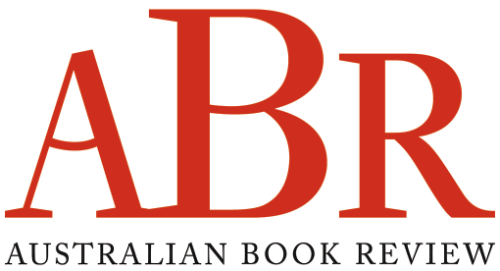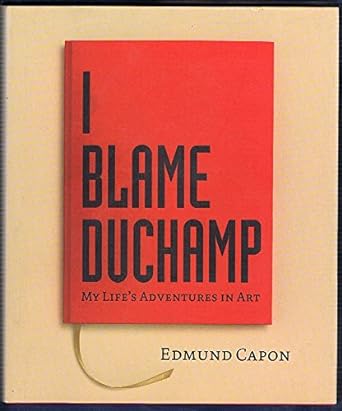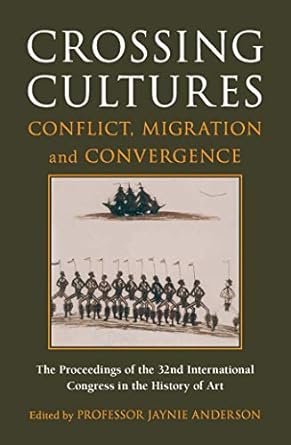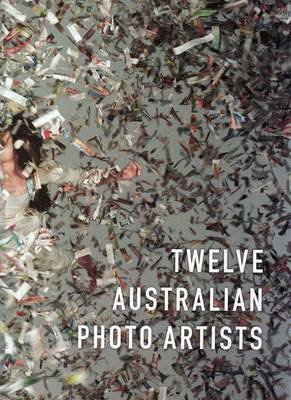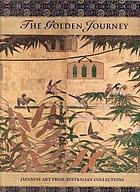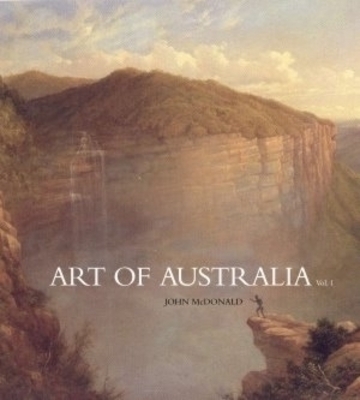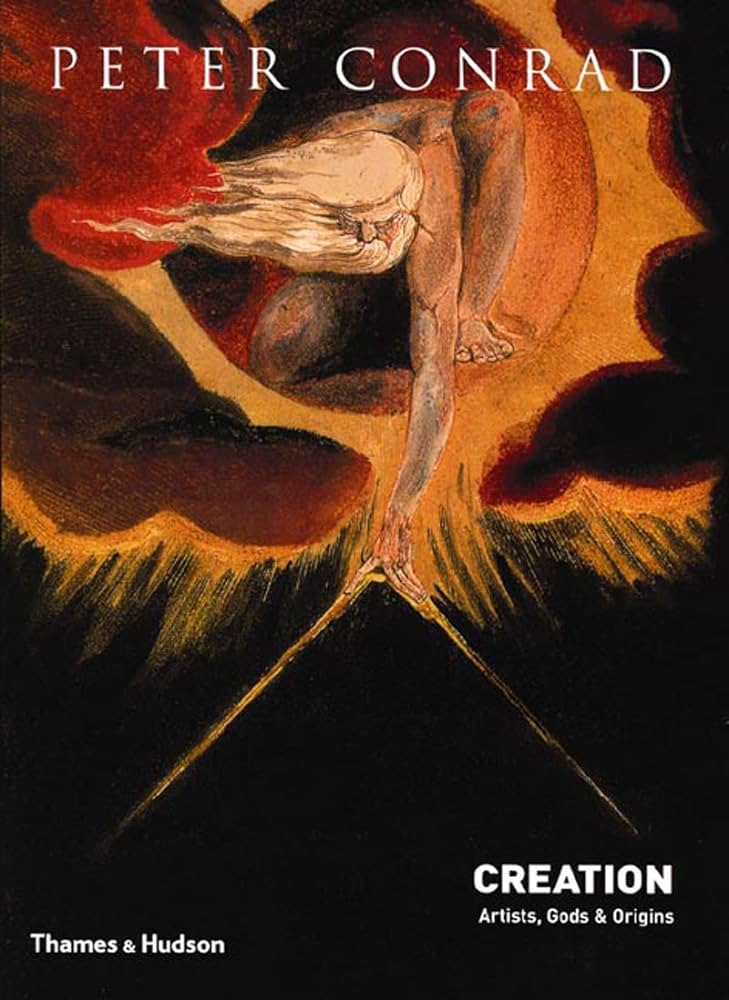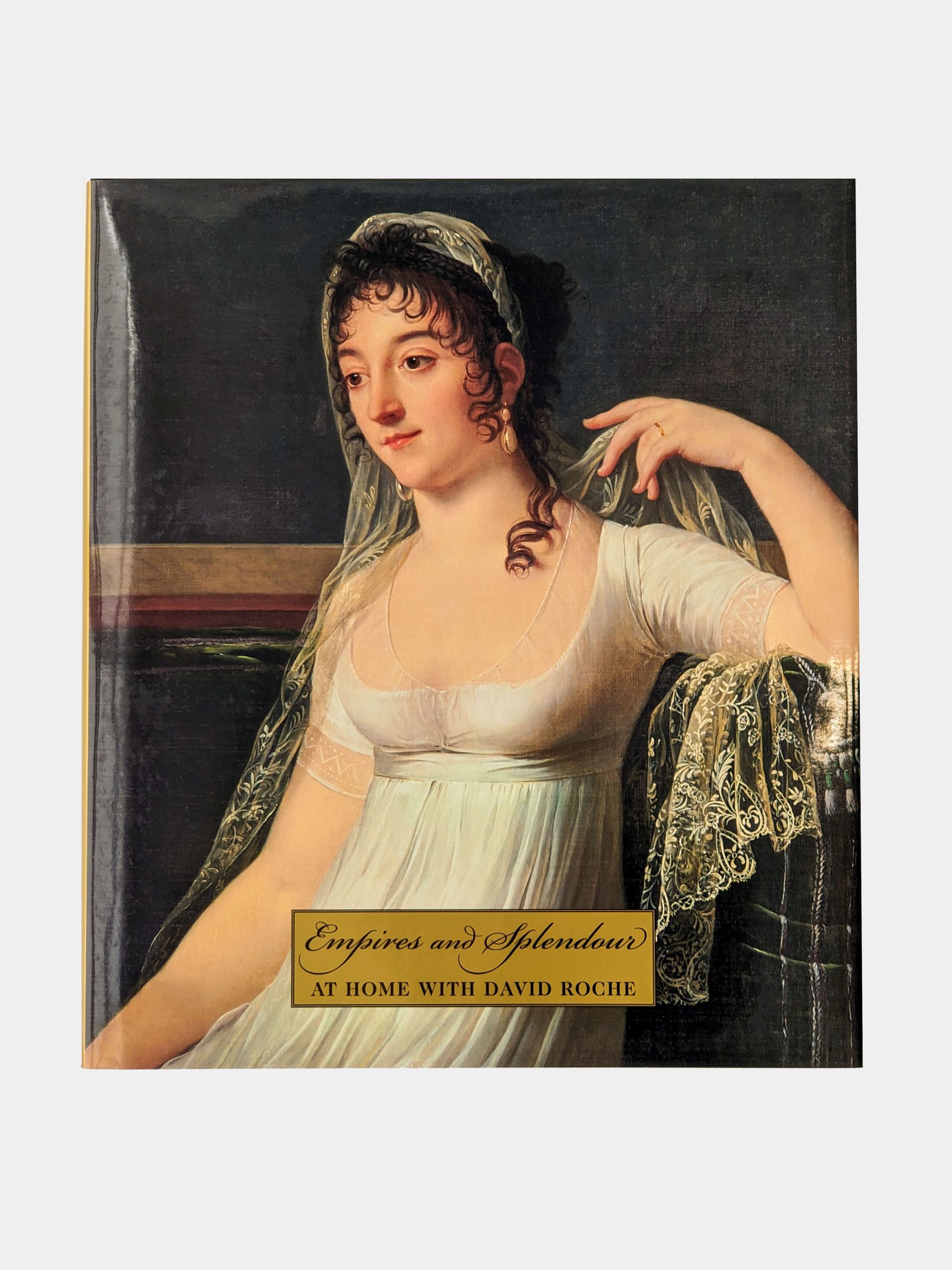Art
I Blame Duchamp: My Life’s adventures in art by Edmund Capon
Crossing Cultures: Conflict, migration and convergence. The proceedings of the 32nd International Congress of the History of Art edited by Jaynie Anderson
Twelve Australian Photo Artists by Blair French and Daniel Palmer
When the National Portrait Gallery (NPG) opened in Canberra last December, more thoughtfulness was evident in its bookshop than the hang. The volumes are arranged by subject and in alphabetical order: the images accord to no principle beyond décor. Here are five writers; there, four scientists. The randomness of the whole embodies a culture of distraction. The root of this muddle is an evasion of whether the Gallery is to be guided by aesthetics or museology. The want of clarity is compounded by concern among staff not to be identified with a history museum.
... (read more)The Golden Journey: Japanese art from Australian collections by James Bennett and Amy Reigle Newland
The Art of Australia, Volume 1: Exploration to Federation by John McDonald
Australian Surrealism: The Agapitos/Wilson Collection by Bruce James
Empires & Splendour: The David Roche collection by Christopher Menz and Robert Reason
I was going to say that this is the first time I have ever forgotten to meet somebody for dinner, but I have in fact done it before, as our forbearing editor will attest. Is this the beginning of Alzheimer’s? It was written in my diary, in red capitals. I certainly remembered on Monday. However, I drifted through yesterday in that blissful cloud of unknowing that one imagines people who take drugs pay good money for. After work I went home, warmed up the stew, and afterwards tried to find something to watch on telly – without success. I then did the laundry, got into bed and read the Times Literary Supplement. At no stage did I experience even the faintest hint of disquiet arising from the fact that I needed to be in another spot where a distinguished visitor was waiting in vain for me to arrive. What makes it so much worse is that my dinner date was staying at the Duncan, and therefore endured the solicitous inquiries and increasingly pitying glances of ancient staff and dubious fellow guests. Eventually he gave up. Part of my penance is to go and sit in the lobby.
... (read more)